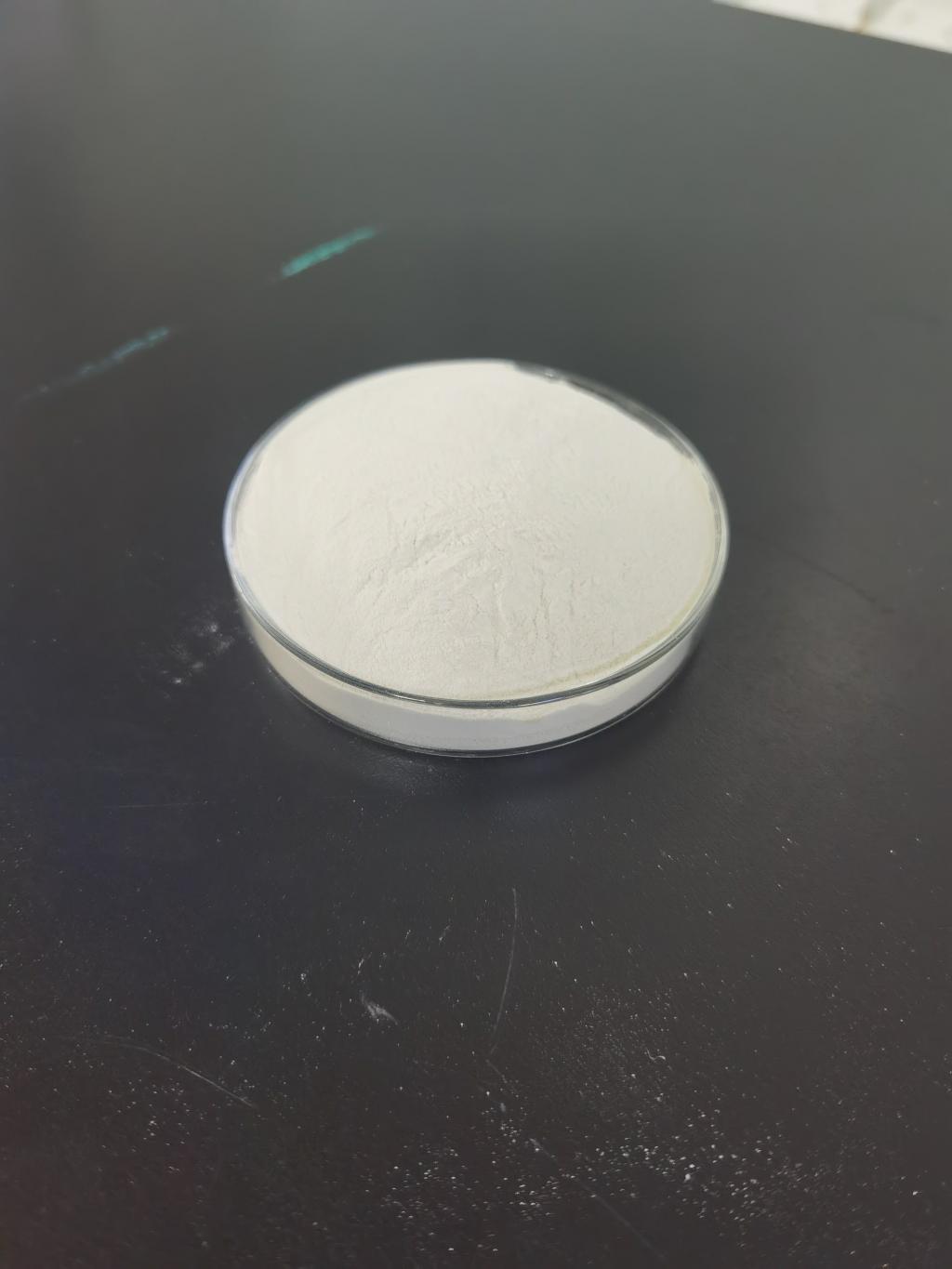Tel:+8618231198596

News
 CONTACT
CONTACT
 CONTACT
CONTACT
- Linkman:Linda Yao
- Tel: +8618231198596
- Email:linda.yao@dcpharma.cn
- Linkman:CHARLES.WANG
- Department:Overseas
- Tel: 0086 0311-85537378 0086 0311-85539701
News
Nisin's Potential in Mitigating the Economic Impact of Food Spoilage
TIME:2024-01-18
1. The Economic Impact of Food Spoilage:
Food spoilage is a multifaceted issue that impacts the entire food supply chain, from production to consumption. The economic consequences of food spoilage are substantial, resulting in financial losses for farmers, processors, distributors, retailers, and consumers. The World Health Organization estimates that approximately one-third of the world's food production is lost or wasted annually, amounting to billions of dollars.
In addition to the direct financial losses, food spoilage contributes to increased greenhouse gas emissions, inefficient resource use, and environmental degradation. Addressing this challenge requires innovative and sustainable solutions that not only reduce economic losses but also align with the growing demand for environmentally friendly practices.
2. Nisin: An Overview of its Antimicrobial Properties:
Nisin, a naturally occurring antimicrobial peptide, is produced by certain strains of lactic acid bacteria. Its primary function is to inhibit the growth of Gram-positive bacteria, making it an effective natural preservative. The unique structure of nisin, characterized by thioether linkages and a cyclic polypeptide chain, contributes to its stability and antimicrobial activity.
Nisin's mechanism of action involves disrupting bacterial cell membranes and interfering with cell wall synthesis, leading to the inhibition of bacterial growth. This antimicrobial activity is selective, targeting harmful bacteria while sparing beneficial ones. These properties make nisin an attractive candidate for preserving a wide range of food products.
3. Applications of Nisin in Food Preservation:
The versatility of nisin has led to its incorporation into various food products to prevent spoilage and extend shelf life. It is commonly used in dairy products, meat, beverages, and canned goods. Nisin's effectiveness at low concentrations makes it an economically viable option for manufacturers seeking natural preservatives.
In dairy products, nisin has been successfully employed to combat spoilage organisms and pathogenic bacteria, thereby extending the freshness and safety of products like cheese and yogurt. Similarly, in meat products, nisin's antimicrobial properties contribute to reducing bacterial contamination, enhancing product quality, and minimizing waste.
4. Economic Benefits of Nisin in Food Preservation:
The economic benefits of incorporating nisin into food preservation strategies are multifaceted. By preventing spoilage and extending shelf life, nisin helps reduce the volume of unsold and wasted products, resulting in direct cost savings for producers, distributors, and retailers. This reduction in waste aligns with sustainability goals, as it minimizes the environmental impact associated with food production and disposal.
Furthermore, the use of nisin as a natural preservative may appeal to consumers who prioritize clean label products. The demand for natural and minimally processed foods is on the rise, and nisin provides a solution that meets these consumer preferences while offering economic advantages to the food industry.
5. Challenges and Considerations:
While nisin presents itself as a promising solution to mitigate the economic impact of food spoilage, several challenges and considerations must be addressed. The potential for antimicrobial resistance, the need for regulatory approval, and variations in efficacy across different food matrices are areas that require attention.
Research efforts should focus on optimizing nisin application methods and concentrations for specific food products to ensure maximum effectiveness. Additionally, collaborative initiatives between researchers, industry stakeholders, and regulatory bodies are essential to establish guidelines and standards for the safe and effective use of nisin in food preservation.
6. Future Prospects and Innovation:
Looking ahead, ongoing research and innovation hold the key to unlocking the full potential of nisin in mitigating the economic impact of food spoilage. Advances in delivery systems, such as encapsulation technologies, could enhance the stability and efficacy of nisin in different food matrices. Furthermore, exploring synergies with other natural preservatives or packaging technologies could provide comprehensive solutions to extend the shelf life of perishable products.
The integration of nisin into novel preservation methods, such as active packaging, could revolutionize the way we approach food spoilage. These innovations not only address economic concerns but also align with the broader goals of sustainability and reduced environmental impact.
Conclusion:
In conclusion, the economic impact of food spoilage is a critical issue that requires immediate attention and innovative solutions. Nisin, with its natural antimicrobial properties, offers a promising avenue to mitigate economic losses by extending the shelf life of food products. As the food industry strives for sustainability and efficient resource use, the integration of nisin represents a step towards a more resilient and environmentally friendly supply chain. Ongoing research, collaboration, and technological advancements will play pivotal roles in realizing the full potential of nisin as a tool for economic sustainability in the global food industry.
- Tel:+8618231198596
- Whatsapp:18231198596
- Chat With Skype







